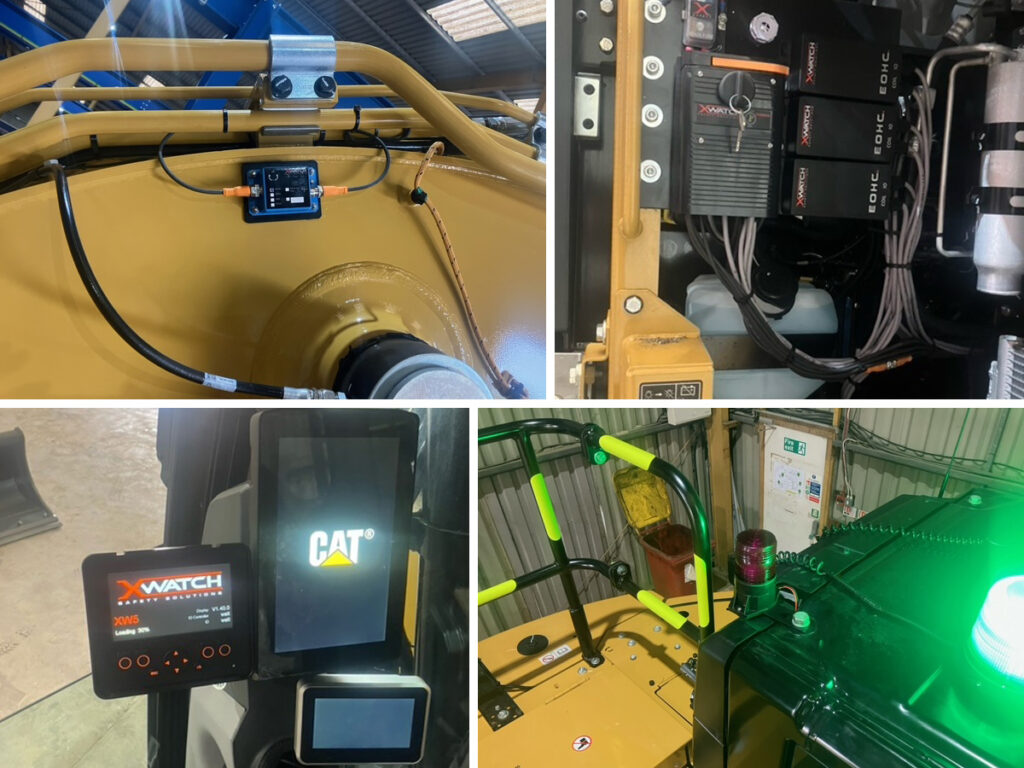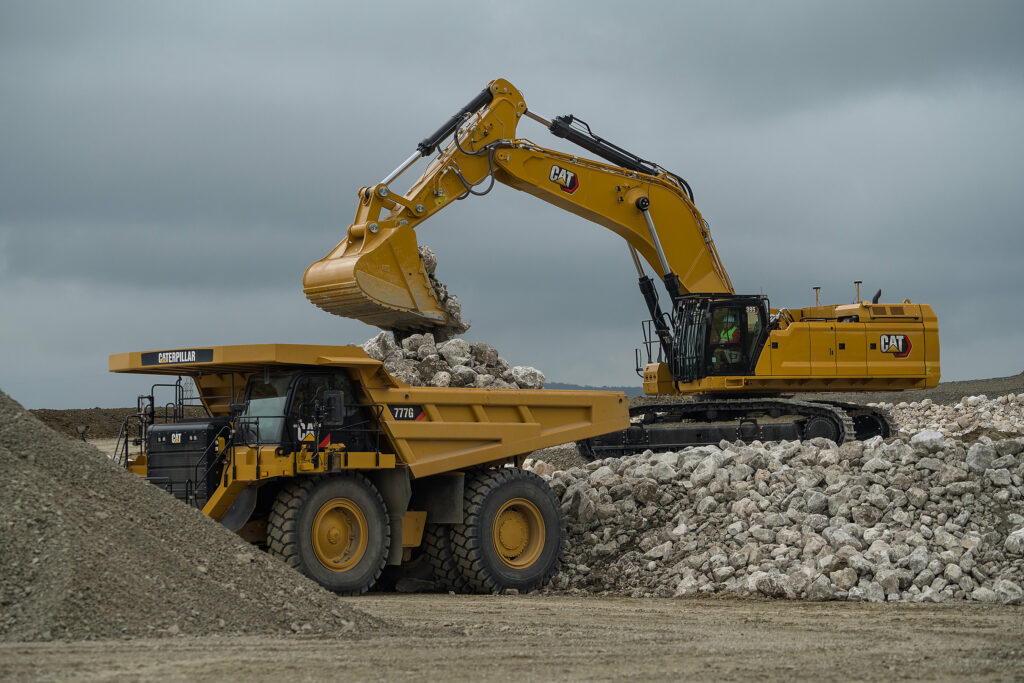
EOHC – what is it and why is it important? CPN finds out more from pioneers Xwatch Safety Solutions.
From the dusty cabs of traditional excavators, where operators juggled mechanical levers, to the contemporary cockpits equipped with cutting-edge technology, the world of hydraulic excavators has evolved substantially over the years. A significant leap in this evolution has been the introduction of the Xwatch proportional electric over hydraulic control (EOHC) by engineers at Xwatch Safety Solutions.
In the initial stages, control systems predominantly relied on mechanical levers directly interfacing with high-pressure valves. Following this period, low-pressure (pilot) hydraulic systems emerged, taking a prominent position and remaining widely in use today.
Fast forward to the present, where technology and innovation intertwine to redefine operational efficiency, the Xwatch proportional EOHC emerges as a game-changer, says the company. This new system embraces the shift from pilot hydraulic systems to a more streamlined electric control of the high-pressure system, marking a significant cost and efficiency improvement for motion controls.
 According to Xwatch the introduction of the proportional electric over hydraulic control (EOHC) marks a significant advancement, slowly gaining traction. In the foreseeable future, EOHC is poised to become the dominant system.
According to Xwatch the introduction of the proportional electric over hydraulic control (EOHC) marks a significant advancement, slowly gaining traction. In the foreseeable future, EOHC is poised to become the dominant system.
It is, however, important to point out, that when choosing an Xwatch system, not all customers have the option between the pilot hydraulic systems and the EOHC. The system is principally pre-determined by the machine’s hydraulic design, limiting the availability of options predominantly dictates the available choices. A range of models from Caterpillar, Volvo, Liugong and Takeuchi are among the brands that currently are compatible with the Xwatch proportional EOHC.
The Xwatch proportional EOHC’s core advantage lies in simplification. It does away with the need for an array of hydraulic valves, hoses, solenoid coils, and their cables, replacing them with compact EOHC units. The installation process of these units is easier, quicker, and cleaner, reflecting a blend of convenience and functionality.
The recently revised EOHC box presents a further enhancement, offering a single unit that can manage four motion controls. It simplifies the hydraulic excavator’s operation by integrating multiple functions into a single box, ensuring that complexities are minimised, and performance is maximised.
A notable distinction lies in the Xwatch EOHC unit’s capacity for proportional control of the electrical circuit. Unlike some competitors who offer a basic ON/OFF control in their EOHC systems, the Xwatch EOHC brings a subtle, proportionate control, aligning closely with the capabilities of the current pilot valves.
 Transitioning to the Xwatch proportional EOHC is a straightforward process. It involves unplugging the OEM wiring to the high-pressure valves and installing a ‘Y splitter’ cable, which directs the electrical circuit through the EOHC box. This setup allows for interruption of the circuit for motion control, and ensures the maintenance of circuit resistance, preventing the machine’s monitoring system from detecting any disruptions.
Transitioning to the Xwatch proportional EOHC is a straightforward process. It involves unplugging the OEM wiring to the high-pressure valves and installing a ‘Y splitter’ cable, which directs the electrical circuit through the EOHC box. This setup allows for interruption of the circuit for motion control, and ensures the maintenance of circuit resistance, preventing the machine’s monitoring system from detecting any disruptions.
Fergus Fieldhouse, Xwatch product support engineer, comments on the innovation, saying “the EOHC was born of necessity to supply sophisticated motion control, aligning with the advent of electric over hydraulic controls on some of the new generation excavators. It wasn’t about introducing a new innovation to the market as a selectable option. Instead, it was about fulfilling a critical operational need with enhanced precision and efficiency. The bonus part is that our system uniquely stands out by allowing proportional control, a feature that augments the user experience and operational finesse of the excavating machinery.”
EOHC is not merely a technological upgrade; it is a model shift, setting new benchmarks in the operational efficiency of hydraulic excavators. Despite its current limited adoption, with only a handful of manufacturers utilising the electric system, EOHC’s undeniable benefits herald a future where it will undoubtedly, in the not-too-distant future, become an industry norm (subject to design).
 An example of a recent install in Ireland: The next generation Cat 395 excavator has been upgraded by Justin Harrison, a field services engineer at Allan J Hargreaves Plant Engineers Ltd. The excavator, boasting an operating weight of 94,000kg, has been equipped with advanced features such as 12 Xwatch proportional EOHC and XW5 total protection. These enhancements include height and slew limitation & RCI (rated capacity indicator) and motion cut on overload, ensuring optimal performance and safety.
An example of a recent install in Ireland: The next generation Cat 395 excavator has been upgraded by Justin Harrison, a field services engineer at Allan J Hargreaves Plant Engineers Ltd. The excavator, boasting an operating weight of 94,000kg, has been equipped with advanced features such as 12 Xwatch proportional EOHC and XW5 total protection. These enhancements include height and slew limitation & RCI (rated capacity indicator) and motion cut on overload, ensuring optimal performance and safety.








